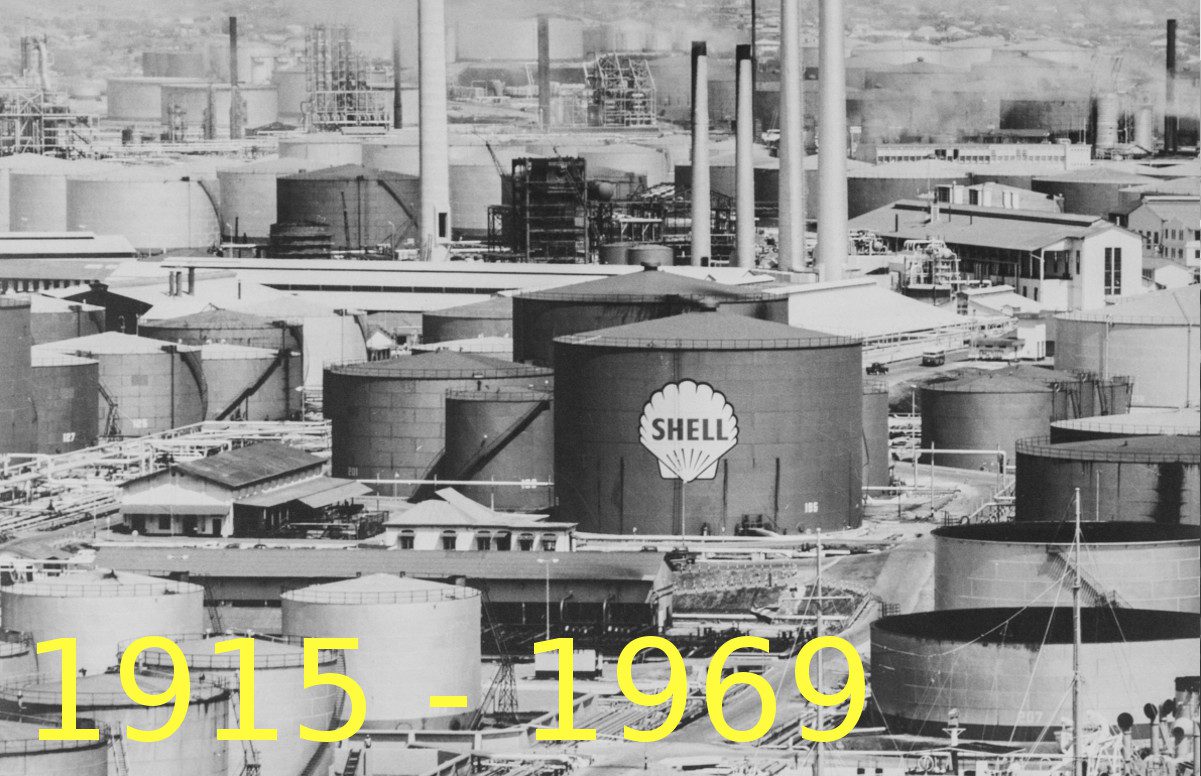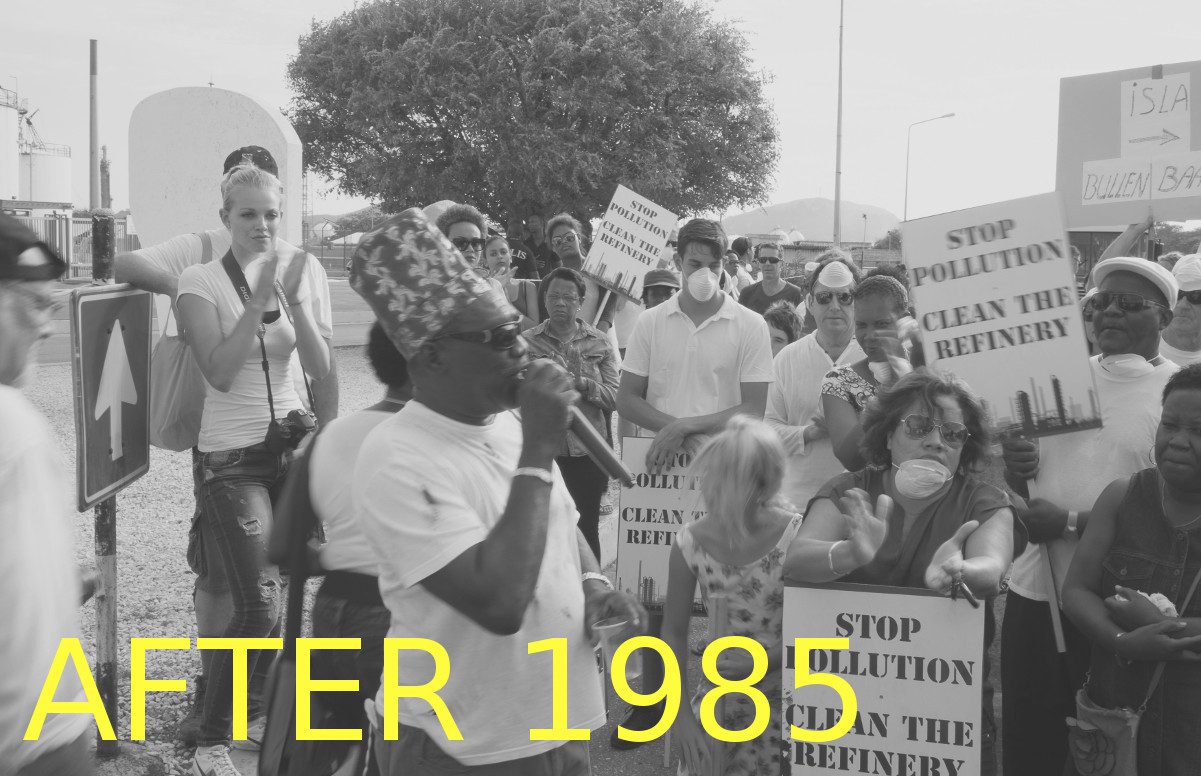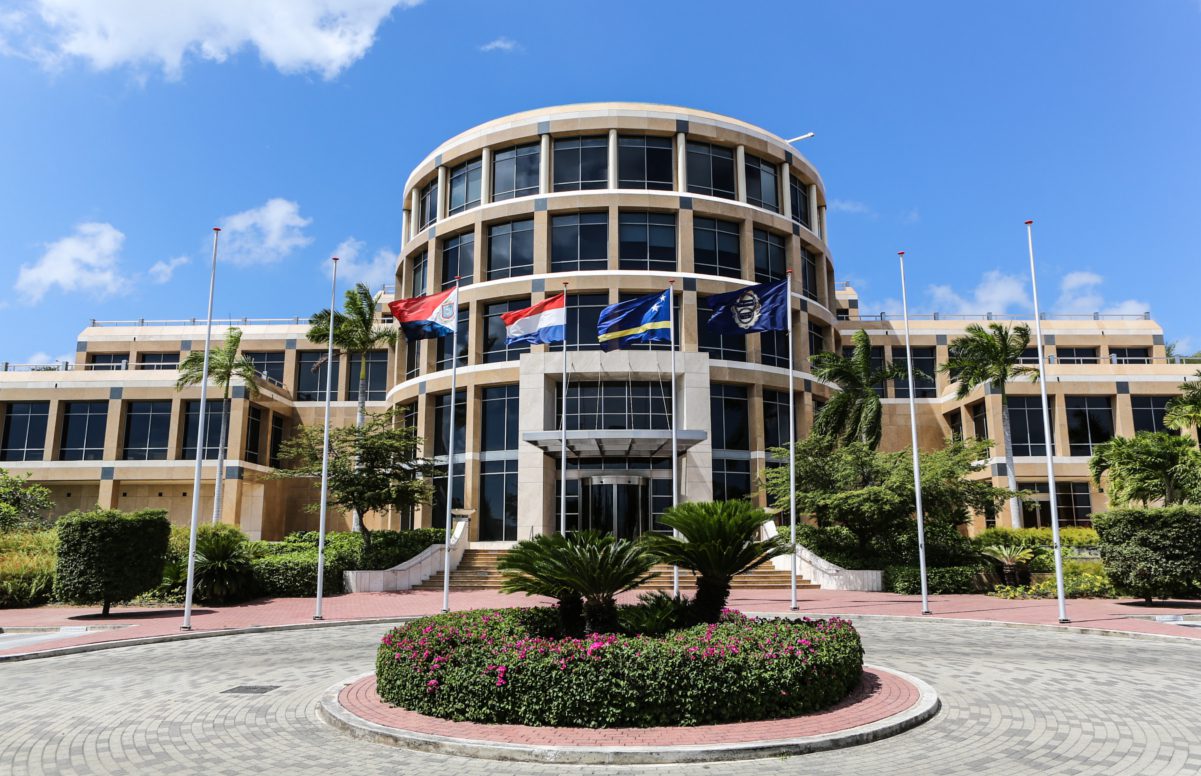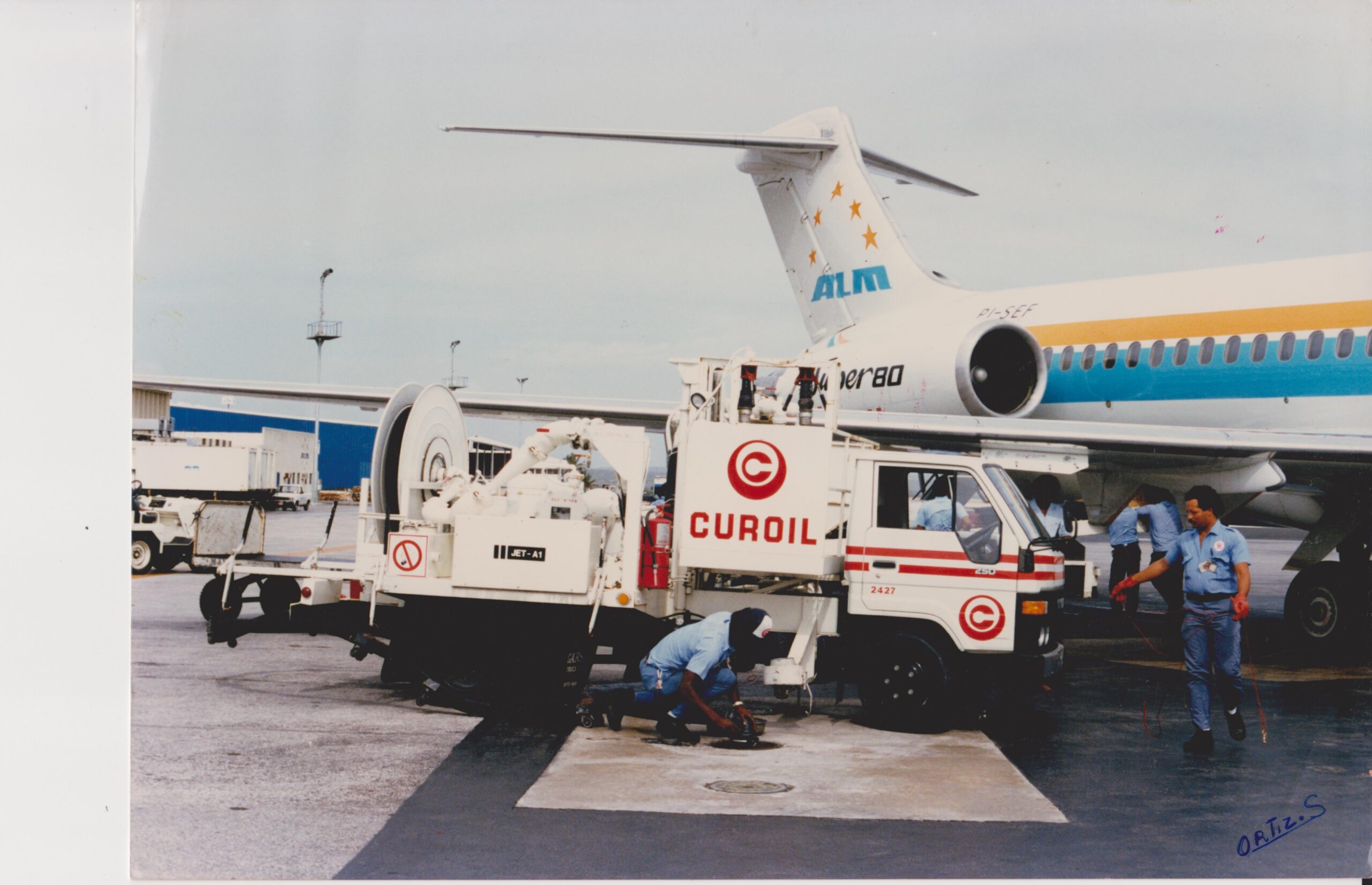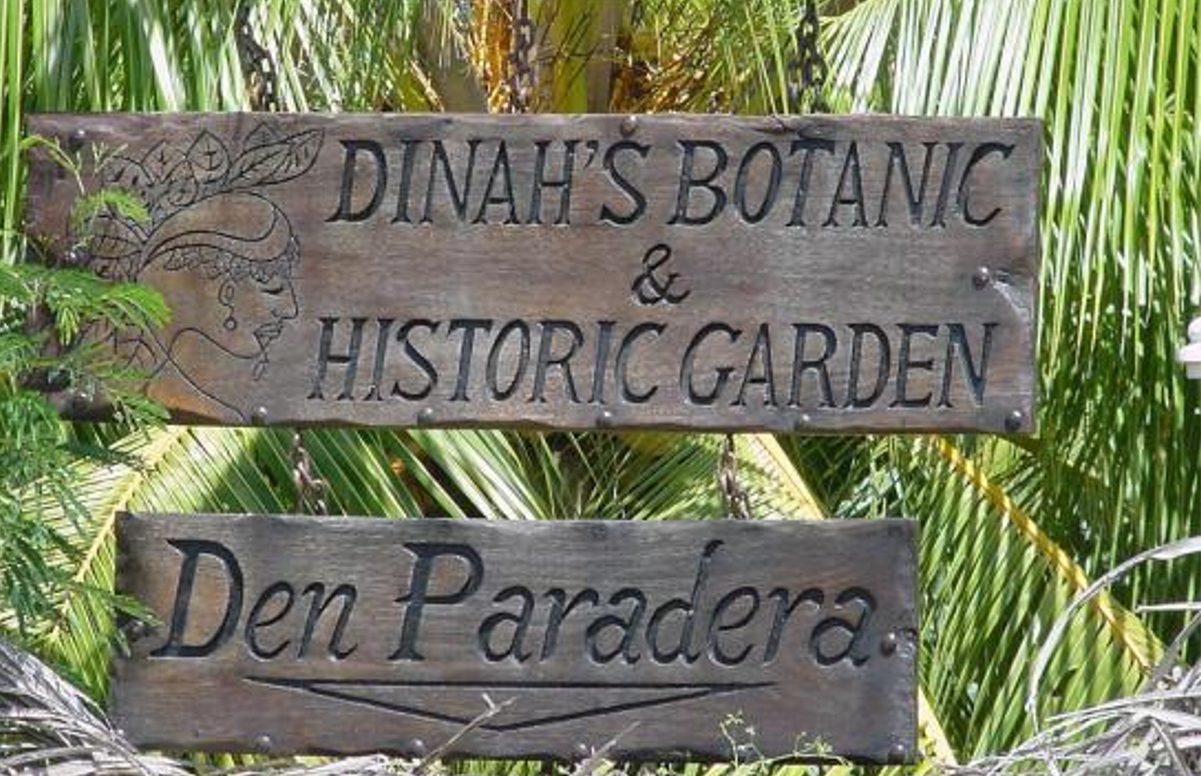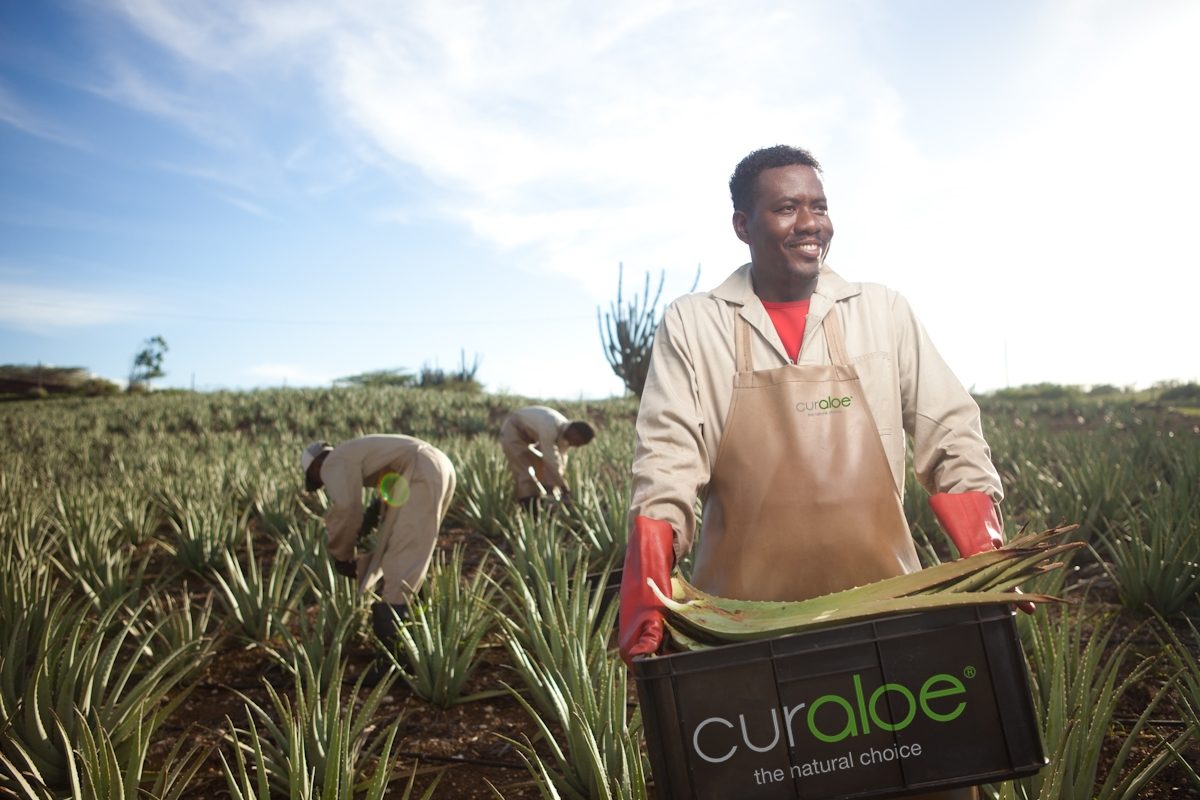
Isla den Nos Bida
100 years Refinery in Curaçao – 100 aña Refineria na Kòrsou
Exhibition
1985 – today
On October 1st, 1985, Venezuelan State Oil Company PdVSA officially took over management of the refinery and Curacao Oil Terminal at Bullenbaai. The negotiations had been long and arduous, and to some extent PdVSA felt forced into the agreement by the Venezuelan government. Venezuela decided it would rather spend money on an unprofitable refinery than be confronted with either a foreign oil company on Curaçao or the closure of the refinery altogether.
The Venezuelan president, Jaime Lusinchi, warned his American counterpart Ronald Reagan of his fear of communist infiltration from Cuba or Nicaragua if the refinery were to close, causing massive unemployment on Curaçao. As Dutch ambassador to Venezuela Christiaan Thurkow put it: “We [the Dutch] can’t say we haven’t been forewarned if Venezuela decides to intervene. After Indonesia, New Guinea and Suriname there is hope that we will get it right this time and not stick out heads in the sand again.”
Initially, PdVSA agreed to lease the plant until 1994 under the condition of a tax holiday, resulting in a substantial loss of tax income for the Curaçaoan government. The Venezuelan State Oil Company would, however, pay 11 million dollars annually rent for the plant and the oil terminal for a period of four years. PdVSA even required for the entire plant to be modernized by 1990 at a cost of 600 million dollars. However, Shell wasn’t willing to cooperate any further and the Dutch government, represented by then prime minister Ruud Lubbers and minister of Foreign Affairs Jan de Koning, also refused financial help.
The 1.400 employees at the refinery had to take a 15% pay cut; they also had to adapt from a Dutch-European to a Venezuelan-South American management style. Norbert Chaclin, who worked at the Isla refinery since 1970 and functioned as director from 2002 to 2004, remembered it as follows: “It was a bumpy start. There was a lot of overdue maintenance. Shell had ceased to invest in utilities; electricity, water, steam, compressed air. The number of unplanned shut downs was very high.”
PdVSA also had to absorb significant financial losses. To curb the set back, the maintenance four year program Total Quality was executed, which helped to stabilize the plant. In the long run, the program was successful. While the refinery had to deal with 51 unplanned shut downs in 1991, this number had been brought back to seven in 2003.
But the refinery’s importance as the mainstay of the Curaçaoan economy started to dwindle in the 1990s. Instead, tourism was revived as an important sector. Alerted by the vulnerability of a mono-economy, government started to make large investments in tourism from 1985 onwards. In the Piscadera area, the Sonesta Hotel, later Marriott, was built along with the World Trade Center Curaçao. In the 1990s, resorts such as Habitat opened on Banda’Bou, while in town a large area of Otrobanda was transformed to realize Hotel Kura Hulanda. Founder Jacob Gelt Dekker later also opened a Lodge at Westpunt, on the terrain of the earlier time share resort Kadushi Cliff.
Yet as an industry tourism never captured the hearts and minds of Curaçaoans the way the refinery had. The hard but honest work among the pipes and distillation plants psychologically won out over the more subservient role of waiters and housekeepers in the customer service industry, reminiscent of slavery.


